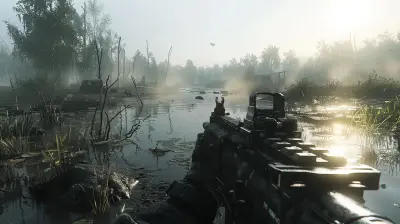Creating Ecosystems: How Flora and Fauna Can Define Your Game World
17 August 2025
Welcome to the wild side of world-building — where roots dig deeper than just lore, and creatures don’t just roam but rule. If you’ve ever crafted a game world and felt like something was missing, chances are it wasn’t another dungeon to crawl or quest to complete. It was life.
Not just NPCs standing still with repetitive lines, but real life — ecosystems brimming with plants that fight back or cure disease, animals that migrate, evolve, or even mourn their dead. Whether you’re designing an open-world RPG, a survival sandbox, or a strategy sim, the flora and fauna of your game can be the ultimate world-builders.
Let’s dive into how creating believable, dynamic ecosystems can transform your game world from generic to unforgettable.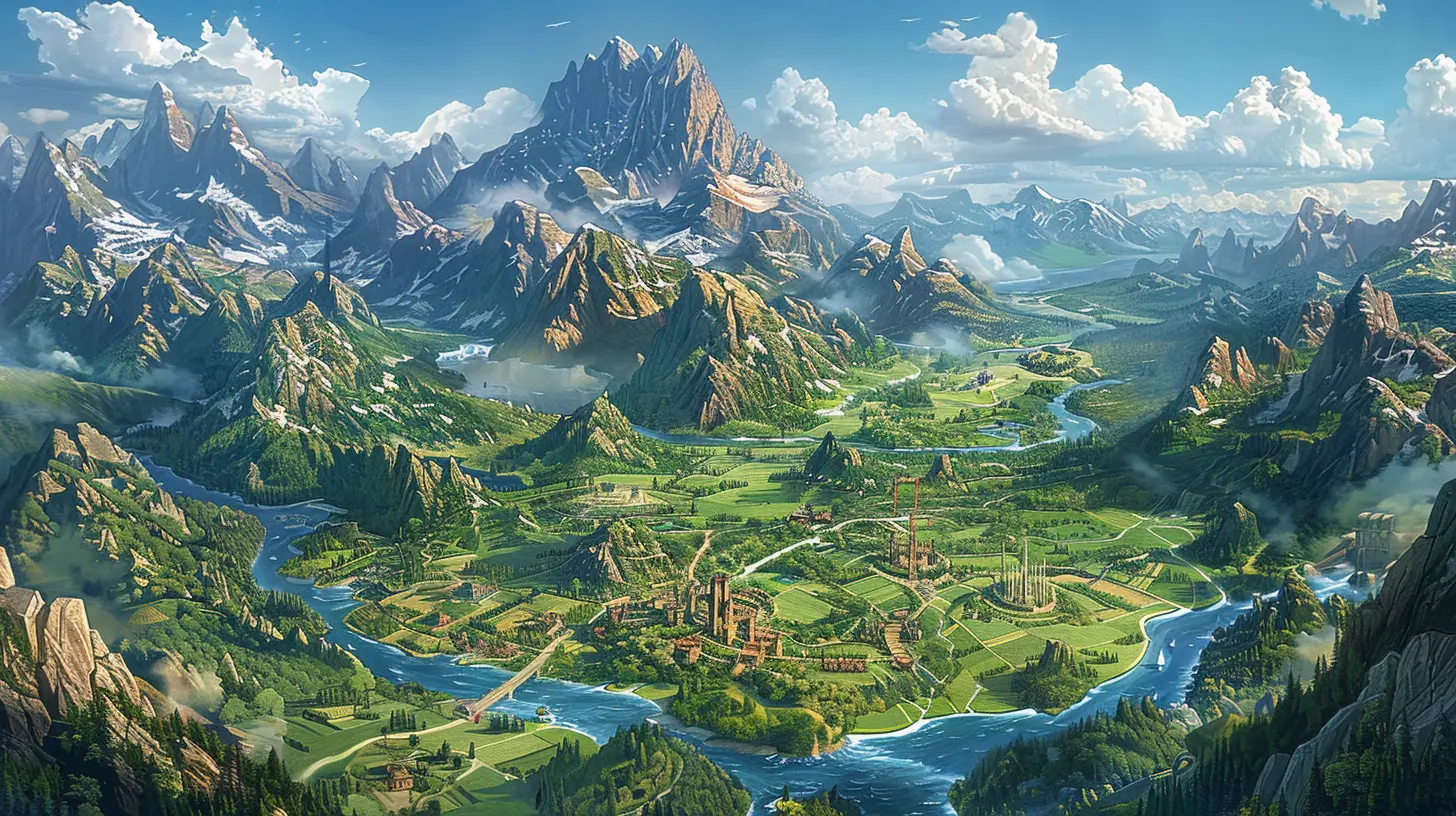
Why Ecosystems Matter in Games
Think about your favorite game settings. Whether it’s the lush forests of Hyrule, the alien landscapes of Subnautica, or the haunting wilderness of The Witcher 3 — what do they all have in common?They feel alive.
Ecosystems give your world authenticity. Plants and animals don't just exist as background filler — they interact with players, with each other, and with the environment. This creates a game world that breathes, shifts, and surprises players in the most delightful (and sometimes terrifying) ways.
Realism Sets the Tone
Want a rich, immersive world? Start with a functioning ecosystem. Even fantastical settings (we're looking at you, floating jellyfish islands) can feel grounded if their lifeforms have purpose, behavior, and a place in the world’s food chain.Interactivity Means Engagement
When the flora and fauna respond to player actions — like a berry that poisons some creatures but heals others, or a predator stalking prey near watering holes — your players aren’t just observers. They’re participants in a living world.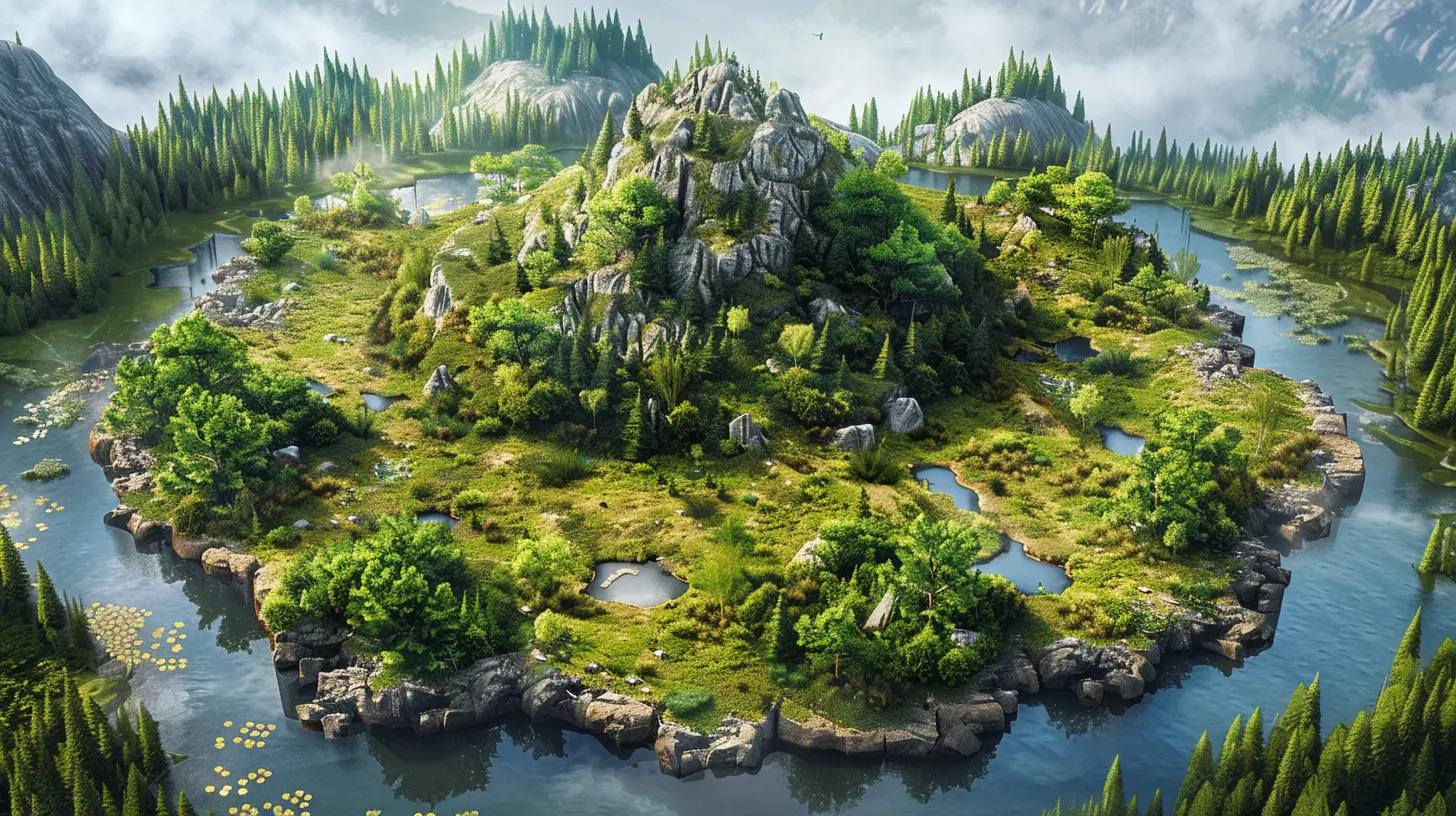
The Foundations of a Game Ecosystem
Before you start throwing dragons and carnivorous plants into the mix, let’s break down what actually makes a functional game ecosystem.1. Producers, Consumers, and Decomposers
Yep, we’re going back to science class, but don’t worry — just the fun parts!- Producers: These are your plants or plant-like organisms that convert sunlight (or magic?) into energy. They’re the base of the food web.
- Consumers: Herbivores, omnivores, and carnivores that munch on the flora — or each other.
- Decomposers: Fungi, insects, or even scavenger animals that break down dead things and recycle nutrients.
When you establish this triad, your world’s food chain starts to make sense. It has balance — and that’s the magic word.
2. Habitat Diversity
Biomes are your best friend. Forests, deserts, swamps, tundras — each one should host a unique ecosystem. Think about temperature, water availability, and elevation, and how that affects which species thrive where.Got an alpine peak? Maybe it’s home to woolly horned beasts and frost-resistant lichens. Building a volcanic wasteland? Boom, fire-breathing salamanders and magma-resistant moss.
3. Behavioral Patterns
Creatures should have needs and schedules.- Do they hunt at night?
- Do they migrate?
- Do certain flowers only bloom under the moonlight?
These patterns give the world rhythm — something players can learn, adapt to, or even manipulate.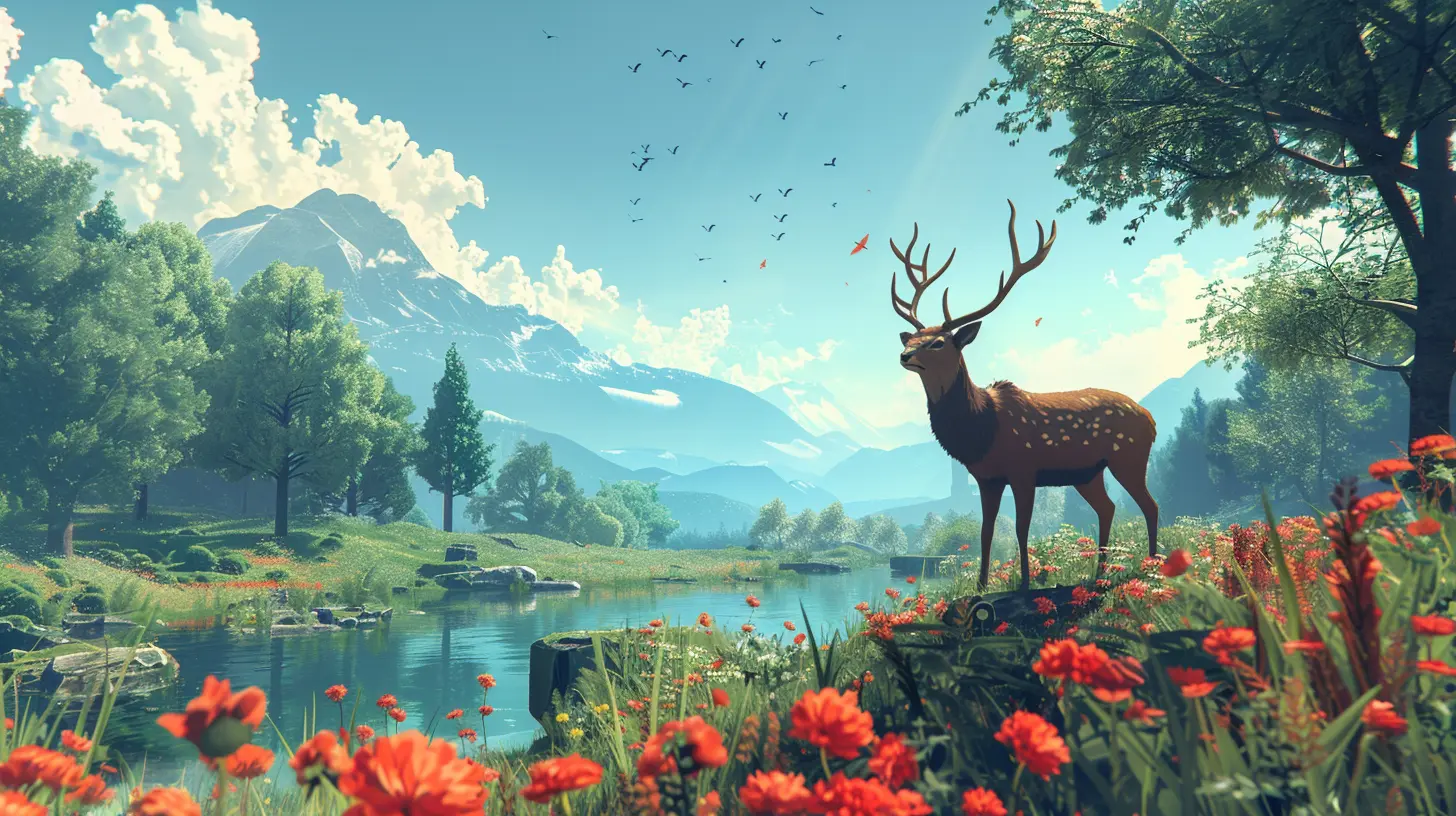
Designing Flora: More Than Just Green Stuff
Plants are often the unsung heroes of game worlds. But trust me, ignore them, and your world will feel flat.Here’s how to make your flora more than just scenery.
Make It Useful
Give players reasons to engage with plant life:- Healing herbs for health boosts
- Poisonous berries that can be weaponized
- Hallucinogenic mushrooms unlocking hidden areas (or messing up vision!)
When flora has purpose, players start paying attention.
Use It to Tell Stories
Dead trees in a once-lush glade? That’s environmental storytelling. Vines wrapped tightly around ruins? Nature reclaiming civilization.You don’t always need dialogue to tell a tale — sometimes a single sapling growing in ashes says more than an NPC ever could.
Let It Evolve
Introduce seasonal changes — like trees shedding leaves or flowering — or have invasive species overpower native ones if the ecosystem gets disrupted. That dynamic growth mirrors real life (and keeps players on their toes).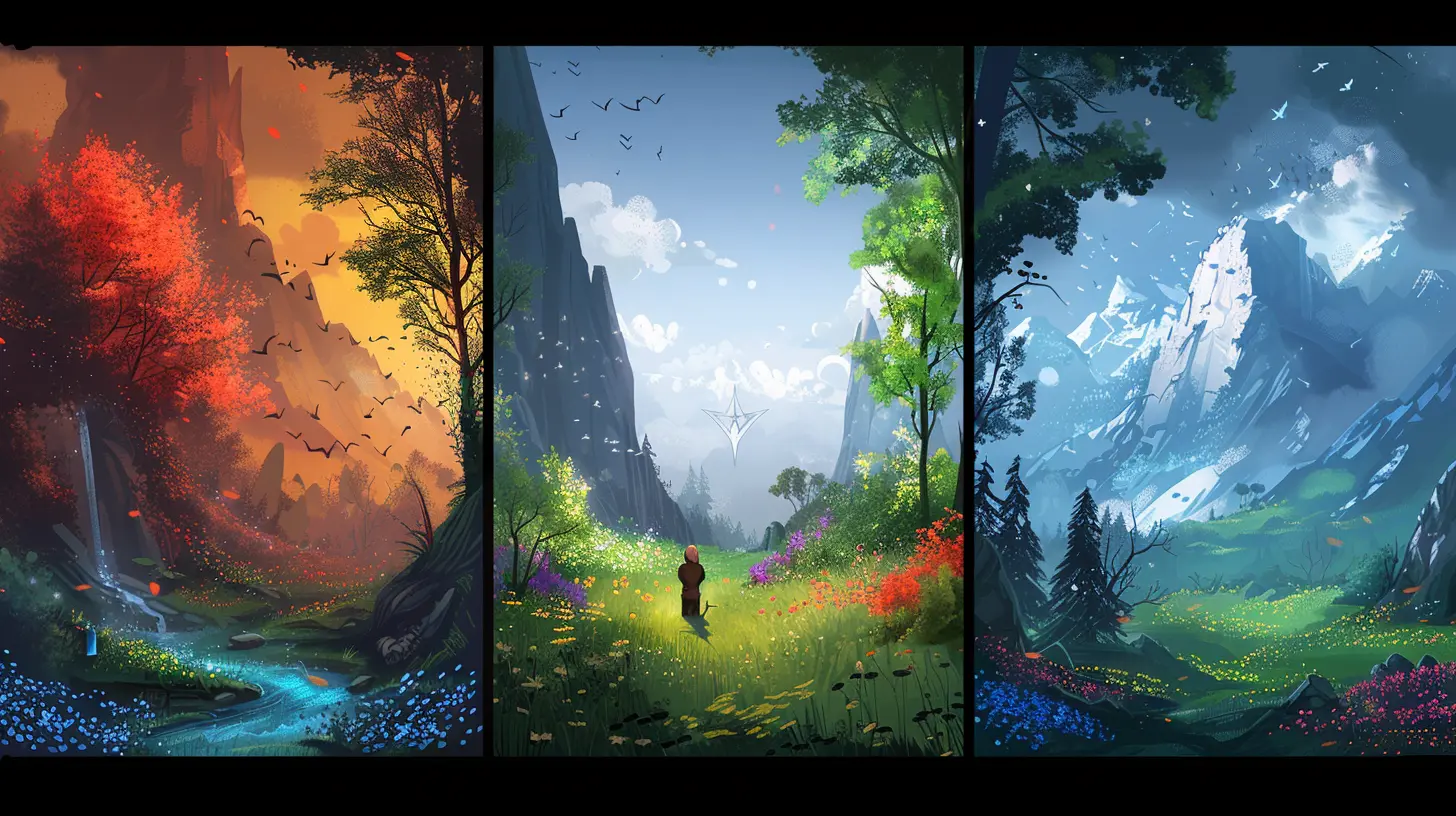
Designing Fauna: More Than Just Enemies
Monsters are fun, sure. But not every creature should be out for blood.Let’s talk about building animals that actually feel alive.
Establish Trophic Levels
Okay, “trophic level” sounds like a mouthful, but it just means where a creature sits in the food chain:- Primary Consumers: Think grazers and scavengers
- Secondary Consumers: Predators of the grazers
- Apex Predators: Kings of the biome
By defining this chain, you allow players to witness (and maybe interrupt) predator-prey relationships. Think: wolves chasing deer or birds swooping down for fish.
Add Behavior, Not Just AI
A smart AI is good — but what about behavior?- Herding animals protect their young or stampede when threatened
- Pack hunters strategize
- Territorial beasts roar before they attack, giving you a chance to run
This depth adds realism, challenge, and immersion.
Give Them Roles
Not all fauna has to fight. Some can serve as:- Transportation (rideable mounts)
- Companions (pets or allies)
- Livestock (food or trade items)
- Pollinators or Seed Spreaders (watch bees help your crops thrive)
Each creature should have a role in both the gameplay and the ecosystem.
Symbiosis: When Flora and Fauna Interact
Now this is where things get fun. The real magic happens when plants and animals interact with each other, instead of being siloed systems.Mutual Relationships
- Birds nest in certain trees — cut them down, and the birds disappear- Insects pollinate magical plants — no bugs, no potions
- Giant herbivores only graze on toxic weeds, keeping them in check
The more entwined your systems are, the more living your world becomes.
Co-Existence & Conflict
Introduce competition between species. Maybe two predators clash if they cross territories? Or one invasive tree species is choking out others, shrinking the habitat for a beloved animal. Now your ecosystem isn't just decorative — it’s a constantly shifting puzzle.Dynamic vs. Static Ecosystems
You’ve got two main options when implementing ecosystems in your game. Both have merit, depending on what you’re creating.Static Ecosystems
These don’t change much unless the player causes it. They’re great for:- Linear games with tight control
- Narrative-driven experiences
- Lower hardware demands
Example: The forest always respawns the same animals and berries.
Dynamic Ecosystems
These change over time — with or without the player’s influence.- Overhunting leads to extinction
- Wildfires destroy habitats
- Seasons shift what flourishes
Example: Players overharvest a herb, and now it’s extinct unless they plant it again.
This approach adds depth and consequence, but it’s trickier to balance. Totally worth it though.
Ecosystems and Gameplay Mechanics
Your ecosystem shouldn’t just be there for flavor — it should directly impact how the game plays. Here’s how:Affecting Survival
- Players need to track animal migrations to hunt effectively.- Certain biomes only have water-bearing plants.
- Poisonous plants force players to learn the land before eating anything.
Driving Exploration
Got rare animals that only show up during the rainy season? Or mythical plants high in mountain peaks? That’s incentive to explore.Influencing Economy
An ecosystem-based economy can thrive (or fall apart):- Overhunting makes fur more valuable.
- Crops fail? Food prices shoot up.
- Losing pollinators harms agriculture, triggering a food chain reaction.
Shaping Story
Imagine a plotline where diseased animals start attacking humans — turns out a mutated fungus is to blame. Now the player has to restore balance by treating the source.You’re not just making a world — you’re giving it problems and letting players solve them through the ecosystem.
Tips for Game Devs: Building Effective Ecosystems
Alright, ready to get your hands dirty? Here are some practical tips to get you started:- Start small: Build one biome with a clear food chain.
- Document interactions: Map who eats what, lives where, and depends on whom.
- Think consequences: What happens if one creature disappears?
- Use procedural generation (carefully): For variety, but always guide the outcomes.
- Let players influence it: Through farming, hunting, planting, or even conservation.
And most importantly — test. Watch how AI interacts. Players will always find weird ways to break the balance. That’s part of the fun.
Final Thoughts: Let Nature Tell the Story
When done right, ecosystems aren’t just background noise. They are the story.They shape the world, drive the gameplay, and even reflect the player's own impact. A player who never considers their effect on nature might come back to find a forest empty, a river poisoned, or a species gone.
And the player who nurtures the world? They’ll see a vibrant, living realm that responds to their actions — not just through scripted quests, but through life itself.
So don’t just populate your game world — grow it.
Happy world-building!
all images in this post were generated using AI tools
Category:
World BuildingAuthor:

Greyson McVeigh
Discussion
rate this article
1 comments
Journey Gomez
This article brilliantly highlights the importance of integrating flora and fauna into game design. A well-crafted ecosystem not only enhances immersion but also enriches storytelling and player engagement. Great insights!
September 20, 2025 at 3:39 AM

Greyson McVeigh
Thank you for your kind words! I'm glad you found the insights on integrating ecosystems valuable for game design.


